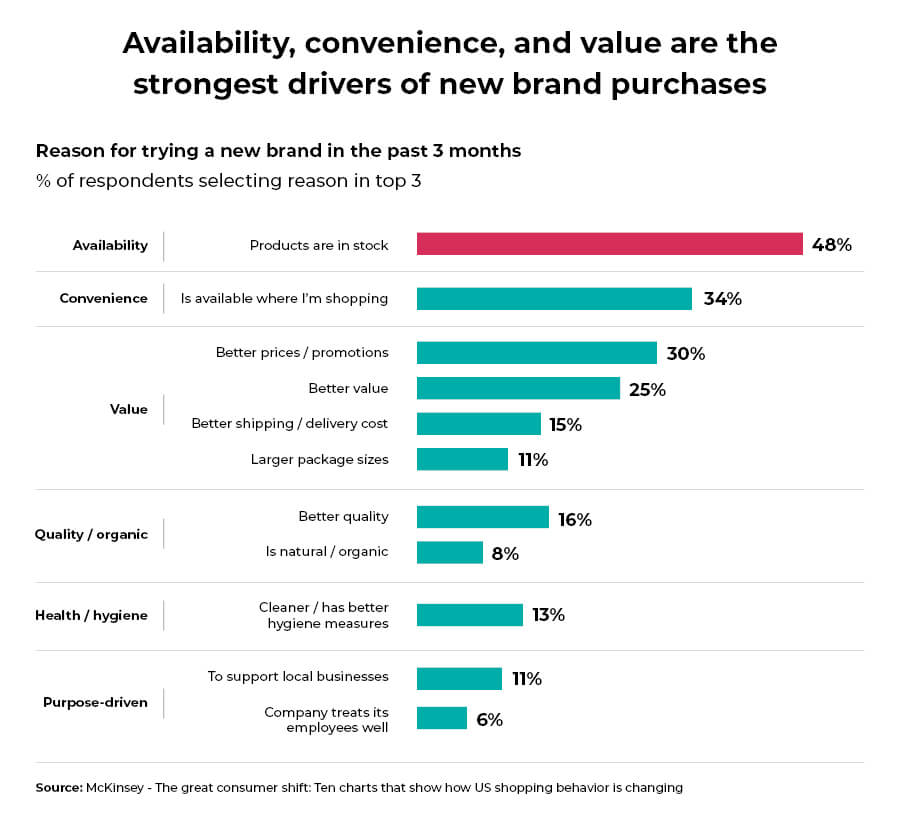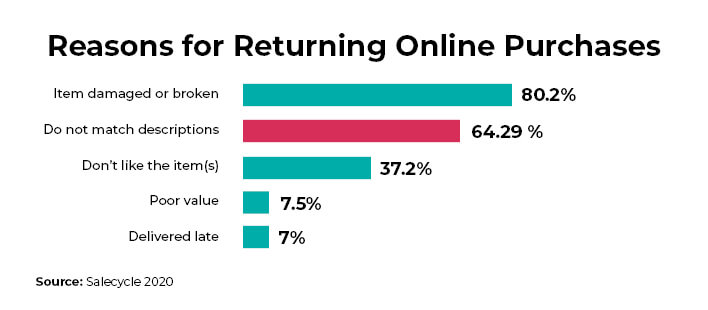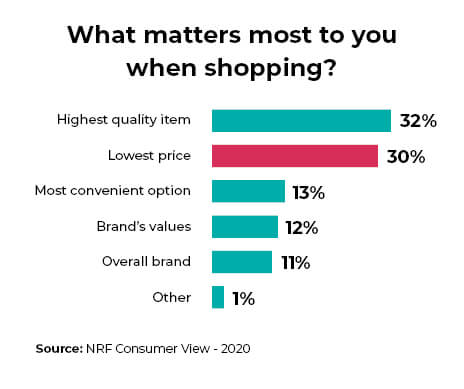The pandemic has propelled e-commerce growth well into the future. In the US alone, online retail sales are up from 32.4% Y-o-Y in 2020, to 39% in Q1 2021. As more consumers choose to shop online, digital shelves are becoming an indispensable part of the shopping experience. Studies show that 59% of shoppers first research a potential purchase online, before they decide where they want to buy it. In the race to drive visibility, resonance, and conversions across various online channels, the digital shelf has some eye-opening insights to offer brands to help them compete effectively.
What is a digital shelf?
The digital shelf is the online representation of your products. It includes everything that customers observe and experience when they view your products online – price, availability, imagery, descriptions, customer reviews, as well as the products placed next to them.
Why is gathering digital shelf insights important?
In a virtual environment, shoppers can’t physically examine products before purchase and hence, rely on information provided by the online marketplace or retailer. Similarly for brands, unlike physical stores, they cannot occupy unique, prime shelf real estate, co-brand their display, or rely on eye-level placements on the digital shelf.
For instance, in brick-and-mortar stores, brands typically ensure that their products are strategically placed with those that complement them. It’s not uncommon to find milk boxes stacked adjacent to cereal options; or an assortment of chips and fizzy beverages in the same aisle.
But when it comes to the digital shelf, brands miss this kind of merchandising control. So, to truly understand how online shoppers find and engage with your product, it has become imperative for brands to review how their products are showcased on the digital shelf continuously.
What can you do with these insights?
1. Ensure product availability
Product unavailability turns prospective customers over to your rivals, translating to loss in sales. A survey of online consumers found that 15% switched sites to purchase an out-of-stock item, while 60% purchased a substitute on the same e-commerce site. In fact, according to a survey by McKinsey, product unavailability was one of the top drivers for experimenting with new brands in the first three months of the lockdown, and many shoppers who made the switch intend to stay loyal to them.

To maximize market share, brands have to be incredibly diligent about ensuring product availability, especially across popular online marketplaces and third-party websites; because that’s where shoppers are increasingly heading to make their purchases. Through digital shelf insights, you can check the availability of your products across multiple e-commerce channels and work closely with your authorized sellers on these platforms to ensure availability at all times. In this way, you can effectively optimize your inventory to mitigate future sales loss.
2. Review and enhance marketplace branding
Customers who have been familiar with your brand offline value the consistency, prestige, and experience you offer online. Any disconnect across online shopping platforms could question your product’s authenticity, result in cart abandonment, or hamper continued loyalty.
Thankfully, product content is the one thing that brands have incredible control over in the online realm; an aspect they must aim to continuously refine and master to ensure e-commerce success. Studies show that 64% of product returns occur because product descriptions often don’t match the actual product ordered. 98% of shoppers have been dissuaded from completing a purchase because of incomplete or incorrect content.
Therefore brands need to ensure top-notch, comprehensive, and buyer-centric content on their product detail pages (PDPs), to make up for what customers seek to touch, feel, and experience in an in-store purchase journey.

Through digital shelf insights, as a brand, you can gain a granular view of your product content displayed across marketplaces and third-party sites. This allows you to keep a constant check on the accuracy, consistency, and quality, of both copy and images. This way, brands can effectively partner with their online sellers to ensure every PDP evokes a product experience that closely aligns with that of a physical store.
3. Monitor sponsored display ads
Advertising on Amazon in the US now costs, on average, USD 1.20 per click – up 30% from USD 0.93 at the start of 2021, and up over 50% year-on-year. With e-commerce burgeoning by the day, advertising on marketplaces is clearly skyrocketing. For brands eager to reach relevant segments on and off marketplaces, like third-party websites and apps, investing in sponsored display ads becomes crucial.
However, to ensure strategic promotions and budget allocations that help maximize advertising ROI, insights from the digital shelf can help. Through them, brands can gain constructive intelligence to not only refine their own channel-based strategies but also monitor their rivals’ ads and benchmark how they rank in comparison.
4. Review pricing
Price is an important purchase driver for customers. To be more specific, it’s one of the top three factors influencing online purchase decisions according to an NRF study. For a brand, there’s a lot at stake when it comes to pricing. For instance, if your product comes across as too expensive, you might end up turning prospects over to your rivals. On the other hand, luring customers with a discounted price could end up hurting your perceived brand value.

Given the sheer volume and frequent price changes, manually monitoring all e-commerce channels where your products are showcased is virtually impossible. With a comprehensive view of how various online sellers are pricing your products on the digital shelf, brands can work in collaboration with them to iron out any pricing discrepancies, whether high or low, in real-time. By reviewing pricing in this manner, brands can also gain competitive insights to protect their brand equity.
5. Prevent sellers from selling counterfeits
90% of online businesses experience revenue losses due to counterfeit sales. Given that e-commerce is booming now more than ever, the chances of unauthorized merchants selling spurious products and passing them off as genuine by your brand are pretty high. Not only does this eat into your revenue, but also leaves customers dissatisfied, eroding your brand value and loyalty.
Using insights from the digital shelf, brands can effectively track down such suspicious online seller activities and take appropriate action. In this manner, these insights not only help avert any further disrepute to your brand but also ensure you are always aware of how your products are being marketed and sold across multiple online channels.
Winning on the digital shelf requires brands to keep a constant pulse of the evolving changes on online marketplaces, third-party websites as well as customer behavior. Within 24 hours, search placements on a marketplace can get updated countless times. To successfully convert, brands must automate capturing data on such important metrics across the digital shelf.
Netscribes provides brands with these invaluable insights through its digital shelf expertise. Some of the world’s leading brands partner with us to gain timely insights into their product listings and optimize their product performance across various online channels. To know how we can help you, contact us.






